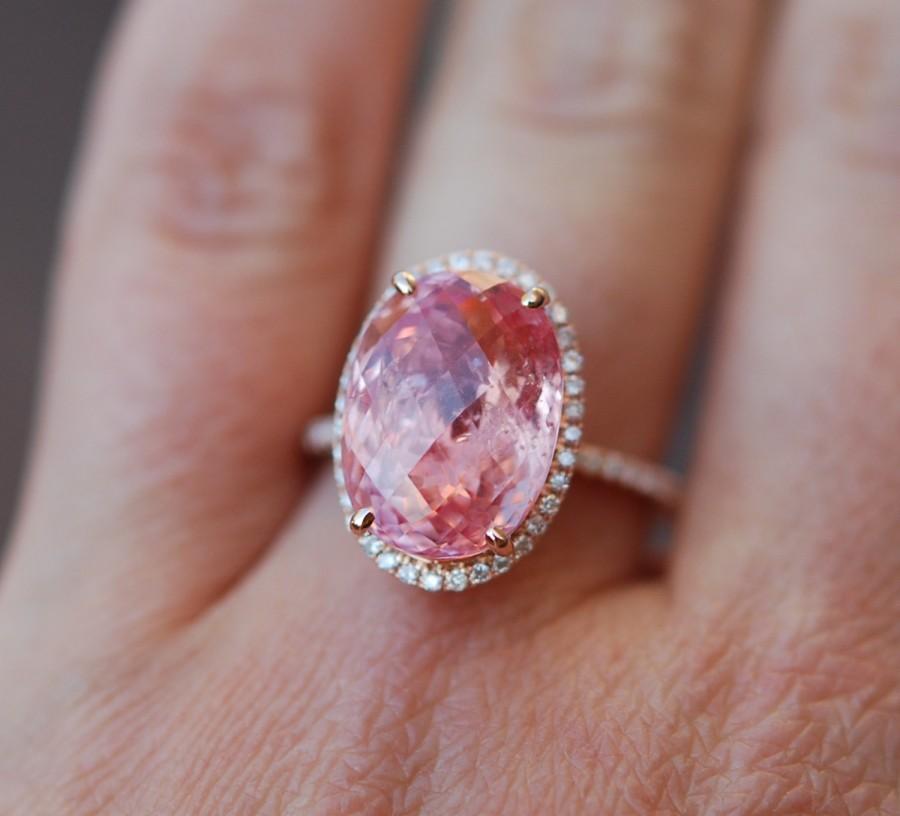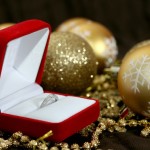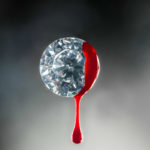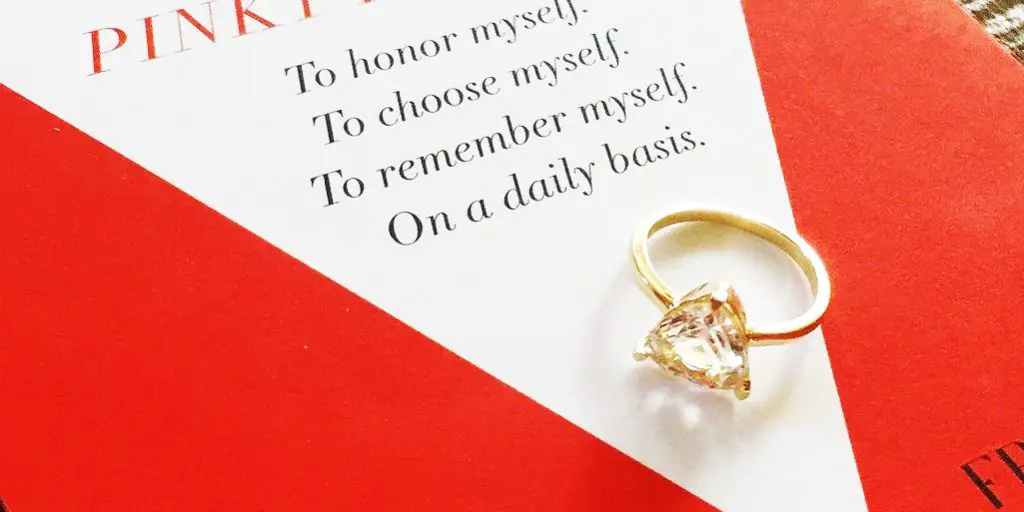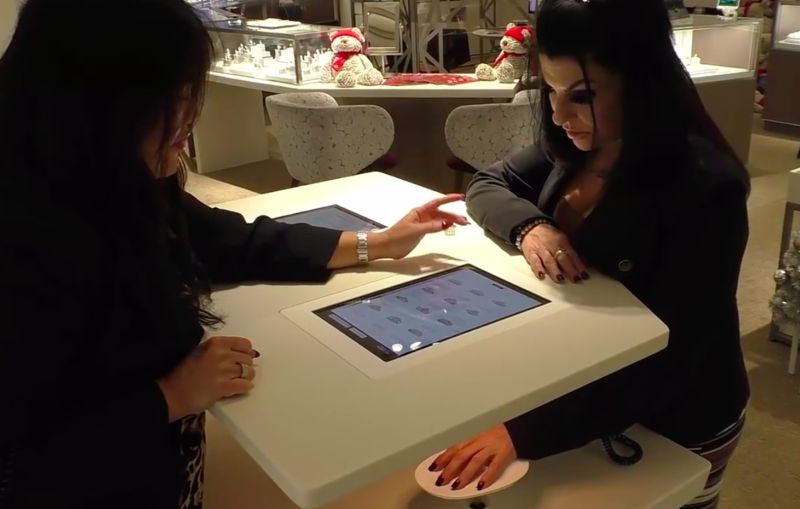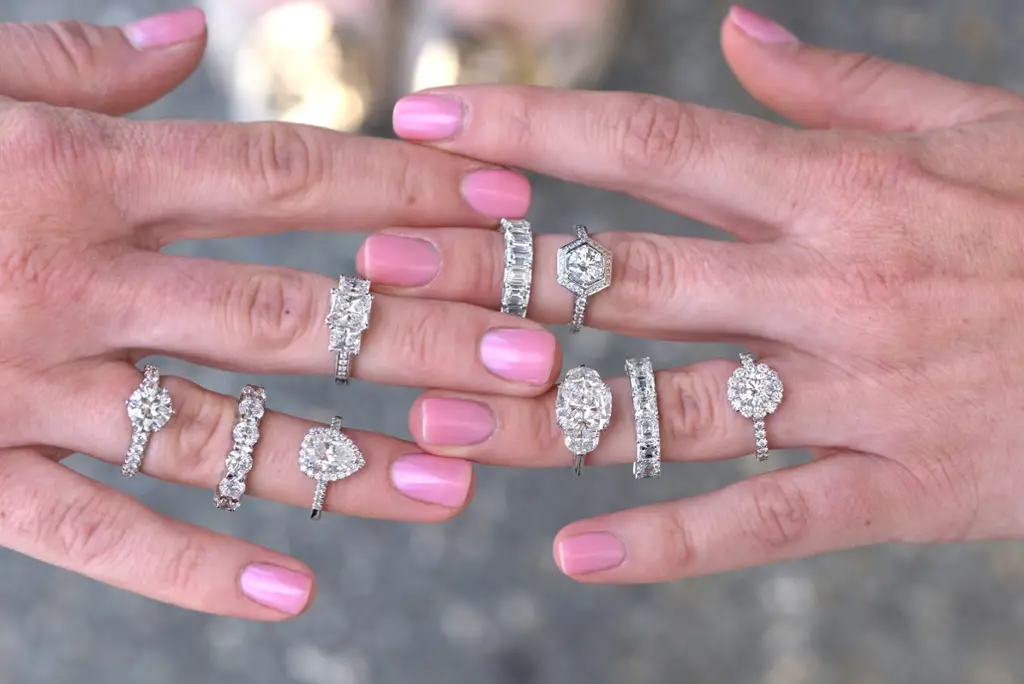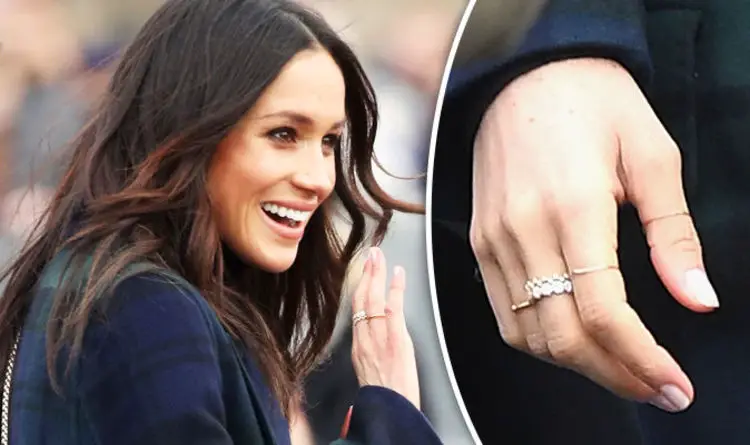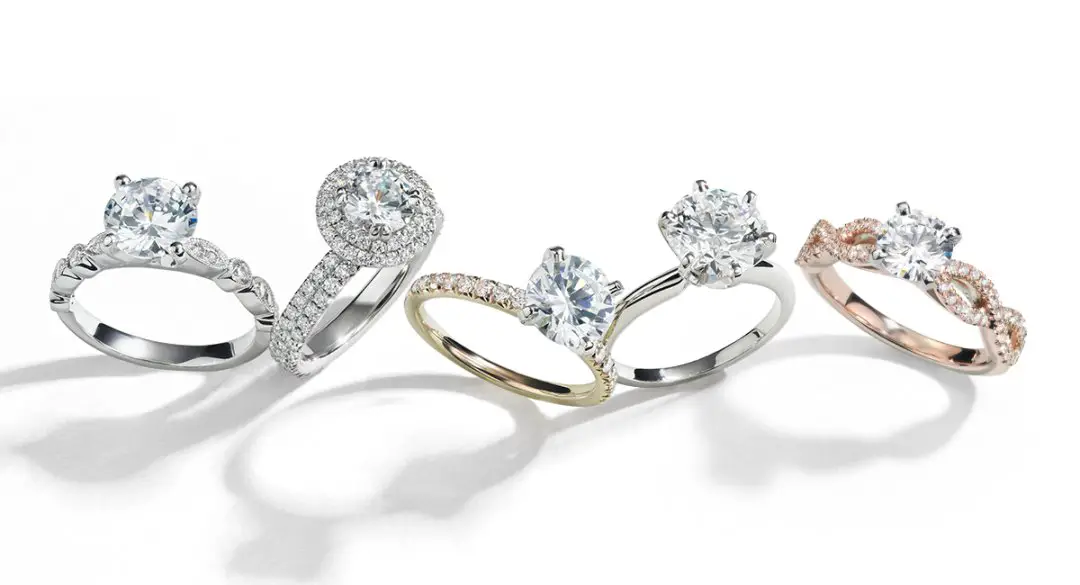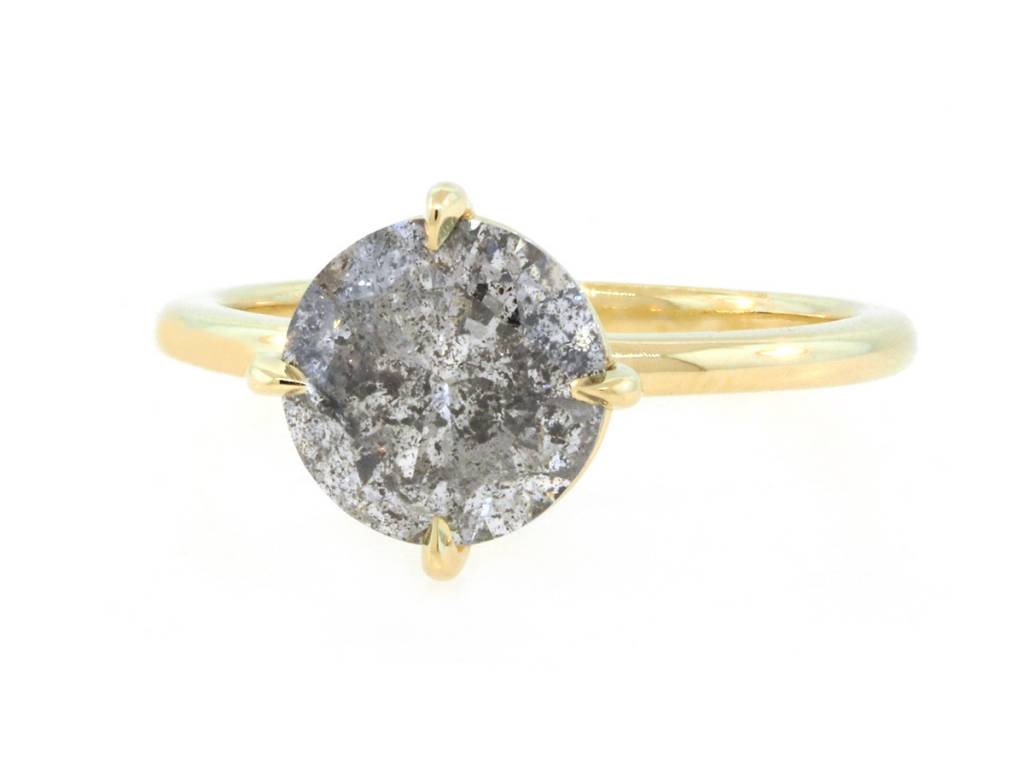They’re the next big trend for engagement rings, and you’re going to want one. Trust us…
You may have heard that coloured gemstones are back in fashion – and in a big way. It all started when Kate Middleton was given a stunning sapphire ring by Prince William on their engagement (which, as we all know by now, belonged to his late mother Princess Diana). Ever since, brides-to-be have been increasingly choosing sapphires, and other coloured gems like rubies and emeralds too, as the centrepiece in their wedding bling.
If Pinterest is anything to go by however – and guess what, it usually is – brides are now going even further afield in search of unique coloured engagement rings. Enter the Paparadscha Sapphire. This stunning gem is similar to a pink sapphire, but comes in a spectrum of hues ranging from orange to dusky pink and coral. And if your goal is a truly unique engagement ring, this is probably as close as you’ll get; paparadscha sapphires are one of the most – if not the most – rare sapphires known to exist.
These beautiful stones are most commonly found in Sri Lanka, but specimens have been discovered in Vietnam, Madagascar and Tanzania too. The name comes from Singhalese and means ‘aquatic lotus blossom’, which is pretty accurate if you ask us. Many samples have different colour zones within the same stone, so salmon-hued stone could have yellow-ish, pink-ish tinges around the edges or in different lighting conditions. All of which adds to the unique beauty of this gemstone!
Perfect, flawless paparadscha sapphires are hard to come by; because they generally have colouration inclusions, asymmetric cuts may be necessary to counteract this. High clarity is usually sacrificed for better colouration, since this is the biggest draw of the stone. It’s also extremely rare to find a stone over 2 carats in weight. Experts say the ‘best’ samples come from Sri Lanka. Madagascan paparadscha sapphires tend to have weaker colour, and a result many are heat treated to improve their appearance.
Because of their rarity and their beauty, paparadscha sapphires do not come cheap. They’re highly sought after by collectors and are often bought as soon as they’re unearthed. Experts would not be at all shocked to hear that one of these bad boys (one carat or less) sold for more than a near perfect blue sapphire. If quality isn’t an issue for you however, you might just get lucky and find one where you least expect it.
